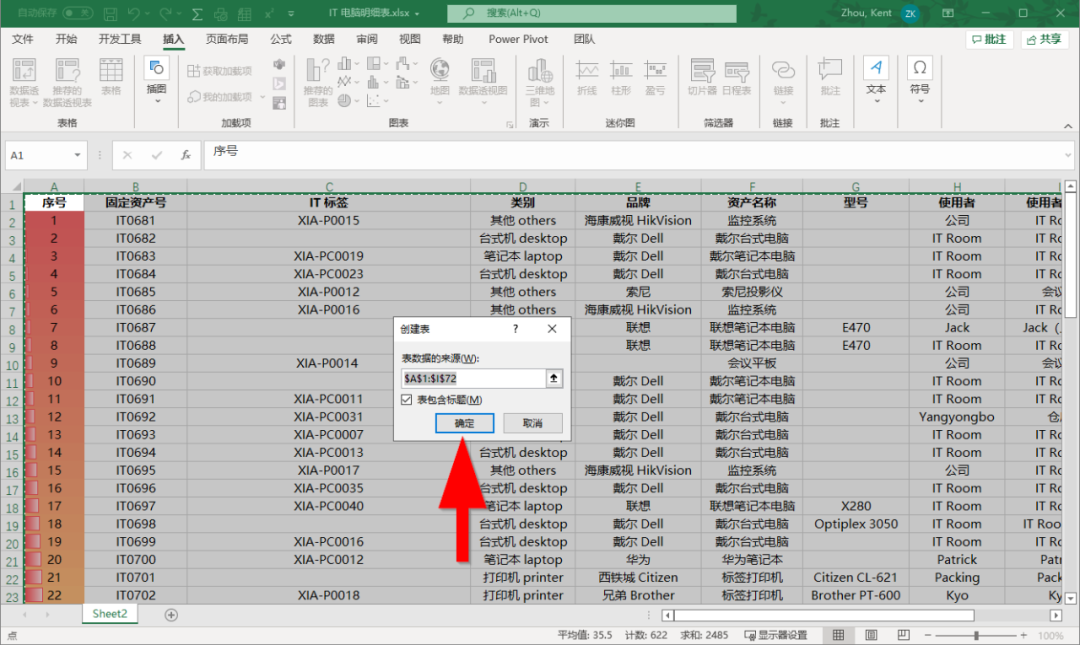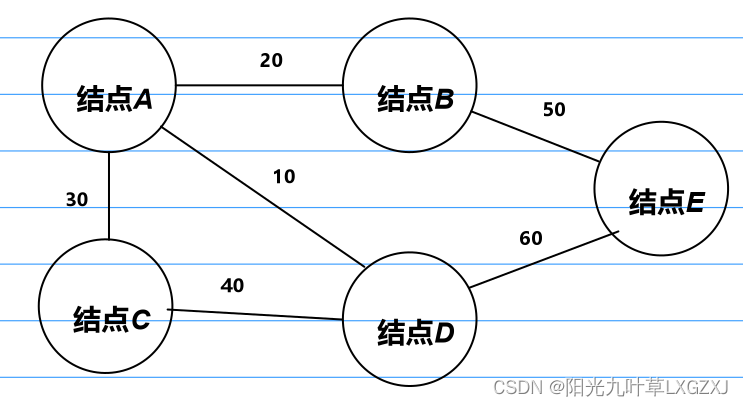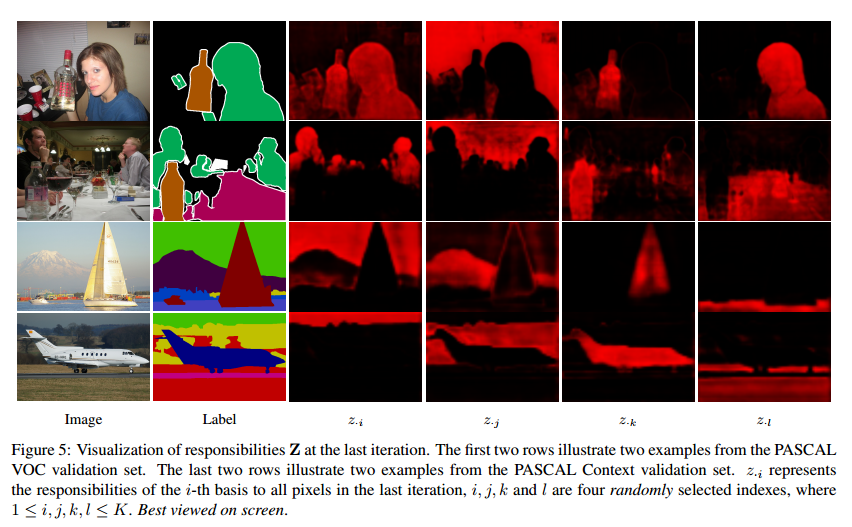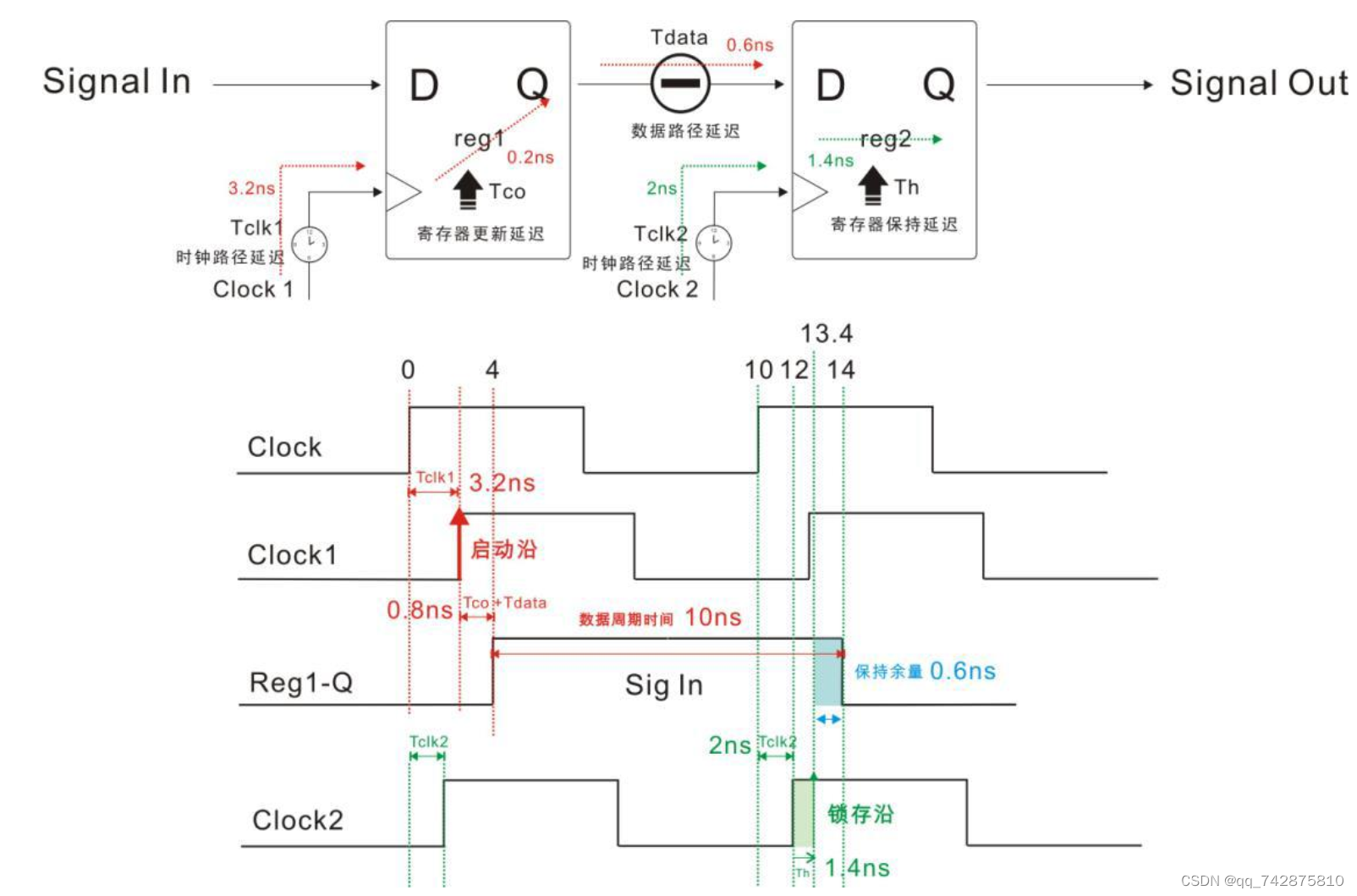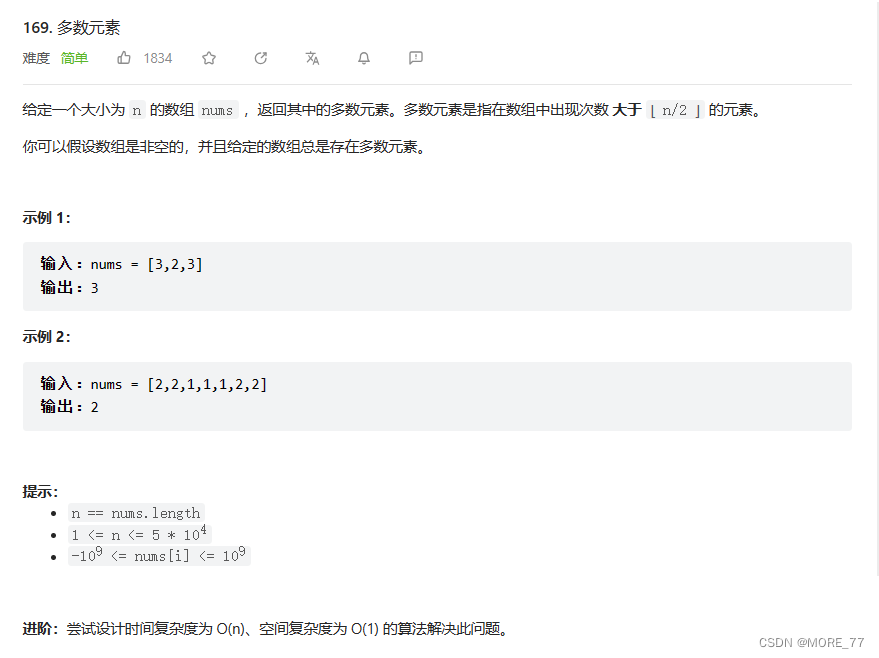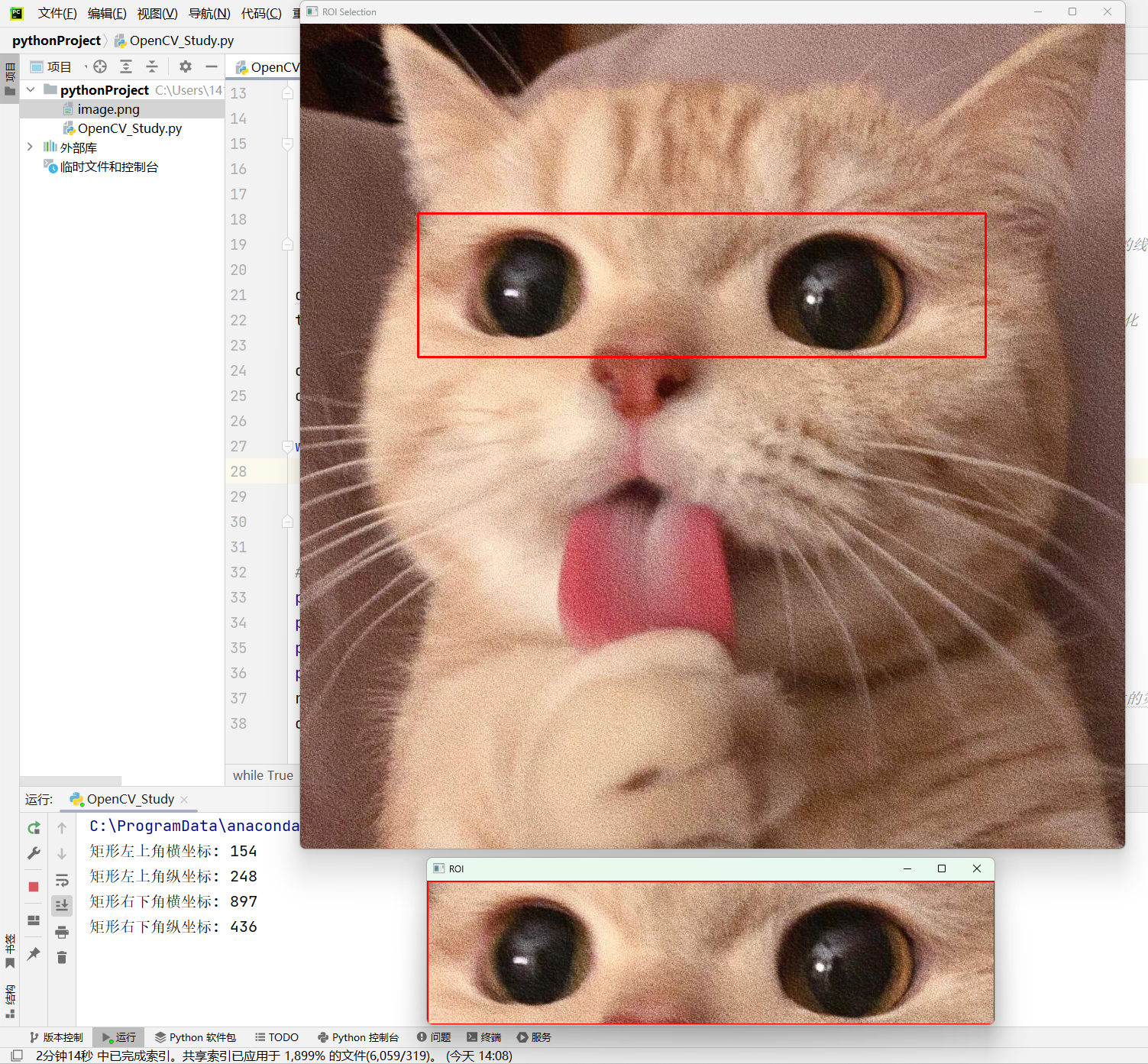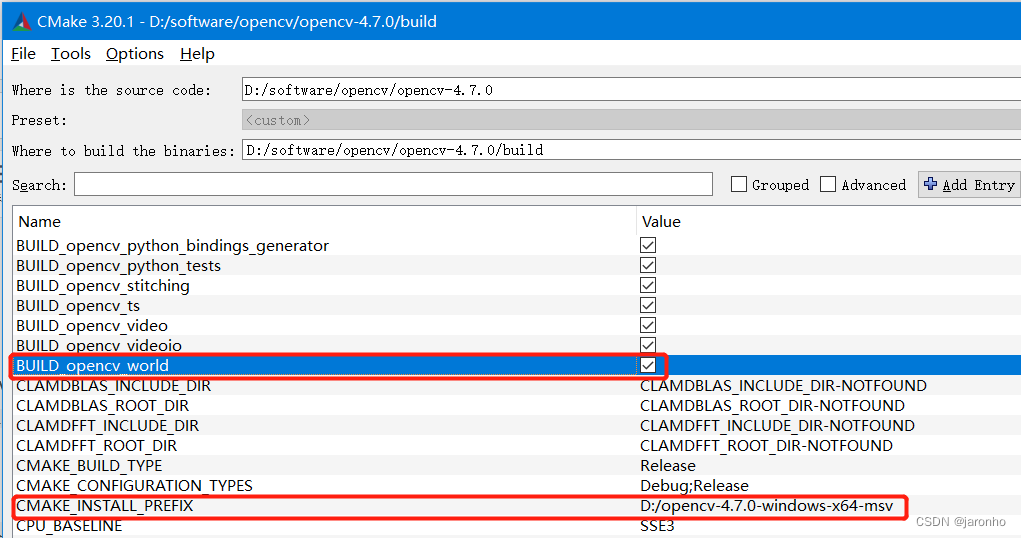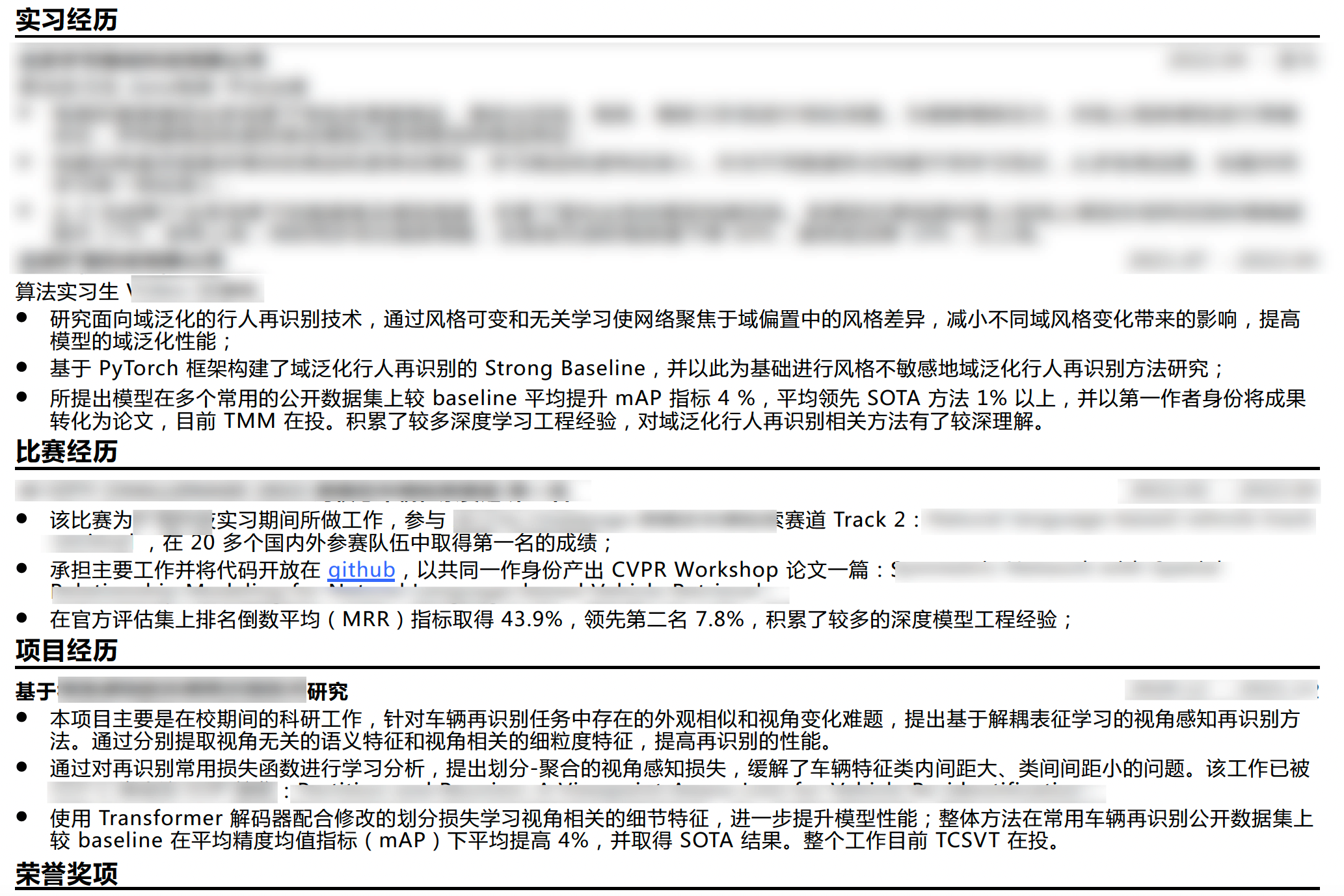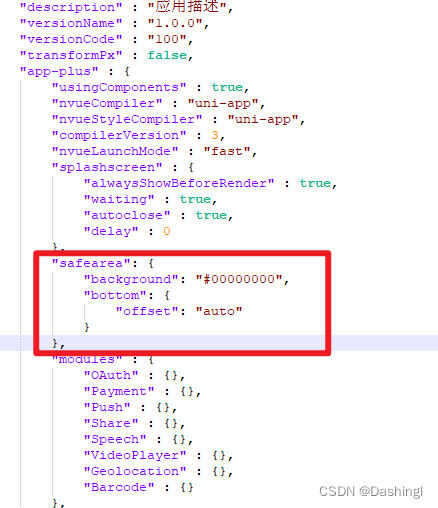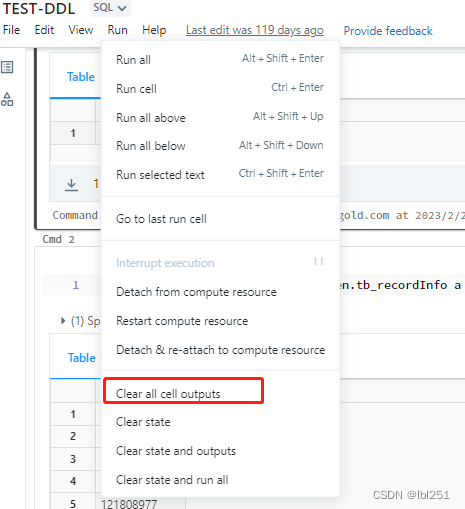Go 中有基础类型、聚合类型、引用类型和接口类型。基础类型包括整数、浮点数、布尔值、字符串;聚合类型包括数组、结构体;引用类型包括指针、切片、map、function、channel。在本文中,介绍部分聚合类型、引用类型和接口类型的底层表示及原理。
空结构体
空结构体长度为 0,主要为了节约内存。
- 当我们想要构造一个 hashset 时,可用空结构体:
type hashSet map[string]struct{}
aHashSet := hashSet{
"a": struct{}{},
}
- 只想让 channel 作为纯型号,不携带信息时:
myChannel := make(chan struct{})
package main
import (
"fmt"
"unsafe"
)
type K struct{}
func main() {
c := K{}
d := K{}
fmt.Println(unsafe.Sizeof(c)) // 0
fmt.Println(unsafe.Sizeof(d)) // 0
}
空结构体独立存在,即不被包含到其他结构体中时,指针指向相同的地址空间:
fmt.Printf("%p", &c) // 0xf3a418
fmt.Printf("%p", &d) // 0xf3a418
该地址称为 zerobase:
// base address for all 0-byte allocations
var zerobase uintptr
非独立情况,比如:
type Test struct {
kInstance K
num int
}
t := &Test{}
fmt.Printf("%p", &t.kInstance) // 0xc0000a6078
字符串
在 go 中,对字符串的操作实际上是操作的 stringStruct 结构体:
type stringStruct struct {
str unsafe.Pointer // 指向底层 Byte 数组
len int // Byte 数组的长度,非字符数量
}
当我们获取字符串的空间大小时,得到的是 16,因为 unsafe.Pointer 占 8 字节,int 类型占 8 字节:
fmt.Println(unsafe.Sizeof("haha")) // 16
关于结构体大小计算,参考类型内存对齐
注意:
- 在 go 中,int8 : 1字节,int16 : 2字节,int32 : 4字节,int64 : 8字节,int 默认 1 个机器字。
- 对 string 类型取 len() 时得到的时字节数,而不是长度。
- 对字符串直接下标访问,得到的是字节。
- 字符串 range 遍历时,被解码成
rune类型。
一般做字符串切分时,先将字符串转为 rune 数组,再切分:
s := "abcdefg"
fmt.Printf("%c", []rune(s)[:2])
切片
在 go 中,对切片的操作实际上是操作的 slice 结构体:
type slice struct {
array unsafe.Pointer
len int
cap int
}
- 通过数组创建切片,此时
len()为切片内元素个数,cap()为 arr 数组从被切分的初始位置到最后一个元素的长度
arr := []int{1,2,3,4,5,6}
mySlice := arr[1:3]
unsafe.Sizeof(mySlice) // 24
- 通过字面量创建时,会先新建一个数组,再创建结构体:

slice1 := []int{1,2,3}
- 通过 make 创建切片时,会调用 runtime 中的 makeslice 方法。
切片追加
- 切片内元素还未撑满容量时,对切片追加元素则直接添加到最后。
- 当切片长度等于容量时,内部会调用 runtime.growslice() 默认
重新生成初始容量两倍的新切片,再进行追加。 - 如果期望容量大于当前容量的两倍,就用期望容量。
- 如果当前容量小于 1024,则容量翻倍。
- 容量大于 1024 时,每次增加 25%。
- 切片扩容时,
并发不安全,需要加锁。
Map
go 中构建 HashMap 采用的拉链法。
// A header for a Go map.
type hmap struct {
// Note: the format of the hmap is also encoded in cmd/compile/internal/reflectdata/reflect.go.
// Make sure this stays in sync with the compiler's definition.
count int // # live cells == size of map. Must be first (used by len() builtin)
flags uint8
B uint8 // log_2 of # of buckets (can hold up to loadFactor * 2^B items)
noverflow uint16 // approximate number of overflow buckets; see incrnoverflow for details
hash0 uint32 // hash seed
buckets unsafe.Pointer // array of 2^B Buckets. may be nil if count==0.
oldbuckets unsafe.Pointer // previous bucket array of half the size, non-nil only when growing
nevacuate uintptr // progress counter for evacuation (buckets less than this have been evacuated)
extra *mapextra // optional fields
}
桶 buckets 的数据结构如下:
// A bucket for a Go map.
type bmap struct {
// tophash generally contains the top byte of the hash value
// for each key in this bucket. If tophash[0] < minTopHash,
// tophash[0] is a bucket evacuation state instead.
tophash [bucketCnt]uint8
// Followed by bucketCnt keys and then bucketCnt elems.
// NOTE: packing all the keys together and then all the elems together makes the
// code a bit more complicated than alternating key/elem/key/elem/... but it allows
// us to eliminate padding which would be needed for, e.g., map[int64]int8.
// Followed by an overflow pointer.
}
在一个 bucket 中存在 3 个数组:tophash、keys、elems。tophash 中存放的是容量为 bucketCnt 的 hash 值,具体来说是记录的 key 的 hash 值得高 8 位;bucketCnt 个 keys 和 bucketCnt 个 elems 分别放在两个数组(keys, elems)中。
如果容量超过 bucketCnt,则 overflow.nextOverflow 指针指向其他 bmap(溢出桶中的bmap)。
通过 make 创建 map 时,内部调用 runtime.makemap() 方法:
// make 创建 map
myMap := make([string]int, 10)
// map.go 中
func makemap(t *maptype, hint int, h *hmap) *hmap {
mem, overflow := math.MulUintptr(uintptr(hint), t.bucket.size)
if overflow || mem > maxAlloc {
hint = 0
}
// 初始化 hmap
if h == nil {
h = new(hmap)
}
h.hash0 = fastrand()
// 根据 hint 计算 B 的大小,通过 B 计算桶的容量
B := uint8(0)
for overLoadFactor(hint, B) {
B++
}
h.B = B
if h.B != 0 {
var nextOverflow *bmap
// 创建数组来放置桶
h.buckets, nextOverflow = makeBucketArray(t, h.B, nil)
// 存放溢出桶
if nextOverflow != nil {
h.extra = new(mapextra)
h.extra.nextOverflow = nextOverflow
}
}
return h
}
Map 扩容
- 当溢出桶过多时,会采取扩容。
- runtime.mapassign() 可能触发得扩容情况:
- 装载因子大于 6.5
- 溢出桶超过普通桶
- 扩容方式:
- 等量扩容
- 翻倍扩容
扩容步骤1:
runtime.hashGrow():
func hashGrow(t *maptype, h *hmap) {
bigger := uint8(1)
if !overLoadFactor(h.count+1, h.B) {
bigger = 0
h.flags |= sameSizeGrow
}
// 1.
oldbuckets := h.buckets
// 2.
newbuckets, nextOverflow := makeBucketArray(t, h.B+bigger, nil)
flags := h.flags &^ (iterator | oldIterator)
if h.flags&iterator != 0 {
flags |= oldIterator
}
h.B += bigger
// 4.
h.flags = flags
// 1.
h.oldbuckets = oldbuckets
// 3.
h.buckets = newbuckets
h.nevacuate = 0
h.noverflow = 0
if h.extra != nil && h.extra.overflow != nil {
if h.extra.oldoverflow != nil {
throw("oldoverflow is not nil")
}
// 5.
h.extra.oldoverflow = h.extra.overflow
h.extra.overflow = nil
}
if nextOverflow != nil {
if h.extra == nil {
h.extra = new(mapextra)
}
h.extra.nextOverflow = nextOverflow
}
}
- oldbuckets 指向原有的桶组
- 创建一组新桶
- buckets 指向新的桶组
- 标记 map 为扩容状态
- 更新溢出桶信息
扩容步骤2:
- 将所有数据从旧桶迁移到新桶
- 采用渐进式驱逐
- 每次操作一个旧桶时,将旧桶数据迁移到新桶
扩容步骤3:
- 所有的旧桶驱逐完成后,回收 oldbuckets
tips:扩容并不一定都是增大,也可能是整理
普通 Map 是并发不安全的,用 sync.Map 代替
比如 A 协程读桶数据时,B 驱逐了桶的数据。sync.Map 结构体如下:
// %GOROOT%/src/sync/map.go
type Map struct {
mu Mutex
read atomic.Pointer[readOnly]
dirty map[any]*entry
// 未命中时自加
misses int
}
type readOnly struct {
m map[any]*entry
// 是否追加数据
amended bool // true if the dirty map contains some key not in m.
}
type entry struct {
p atomic.Pointer[any]
}
syncMap 数据存放示意图如下:

- 读/改数据时,先进入 read 的 map,如果数据不存在则表示未命中,判断
amended是否为 true,为 true 则去读取 dirty 的 map,misses加 1,否则退出。 - 追加数据时,先进入 read 的 map,如果相应数据不存在则表示需要追加,退出 m,使用
mu给 dirty 上锁,然后新增键值对,设置amended为 true:

- 当
misses的值等于 dirty 的长度时,进行 dirty 提升,dirty(map) 取代原有的 m(map),新的 dirty 置空,另外重置misses为 0,amended为 false;后续需要追加时再重建 dirty:

- dirty 提升前正常删除,比如删除键 “c”,找到 “c” 并把 *entry 指向空 nil。
- 删除 “c” 后 dirty 出现了提升情况,在重建 dirty 时,被删除的 “c” 就不会再次重建,并且 nil 改为 expunged 描述:

sync.Map 的基础用法:
var m sync.Map
// 1. 写入
m.Store("a", 1)
// 2. 读取
a, _ := m.Load("a")
// 3. 遍历
m.Range(func(key, value interface{}) bool {
k := key.(string)
v := value.(int)
fmt.Println(k, v)
return true
})
// 4. 删除
m.Delete("a")
a, ok := m.Load("qcrao")
fmt.Println(a, ok)
// 5. 读取或写入
m.LoadOrStore("b", 2)
b, _ = m.Load("b")
fmt.Println(b)
接口
type Car interface {
Drive()
}
type Truck struct {
}
func (t Truck) Drive() {
}
var t Car = Truck{}
t.Drive()
一个接口的值 t 的底层表示:
// %GOROOT%/src/runtime/runtime2.go
type iface struct {
tab *itab
data unsafe.Pointer // 指向 Truck{}
}
type itab struct {
inter *interfacetype // 接口类型
_type *_type // 接口装载的值的具体类型
hash uint32 // copy of _type.hash. Used for type switches.
_ [4]byte
fun [1]uintptr // variable sized. fun[0]==0 means _type does not implement inter.
}
空接口 interface{} 的底层表示:
type eface struct {
_type *_type // 没有方法
data unsafe.Pointer
}
interface{} 一般用于接收任意类型,类似泛型的作用。
